#Forensic
Explore tagged Tumblr posts
Text
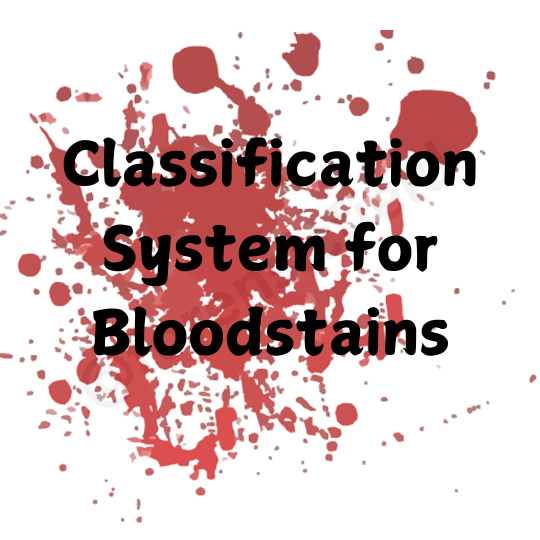
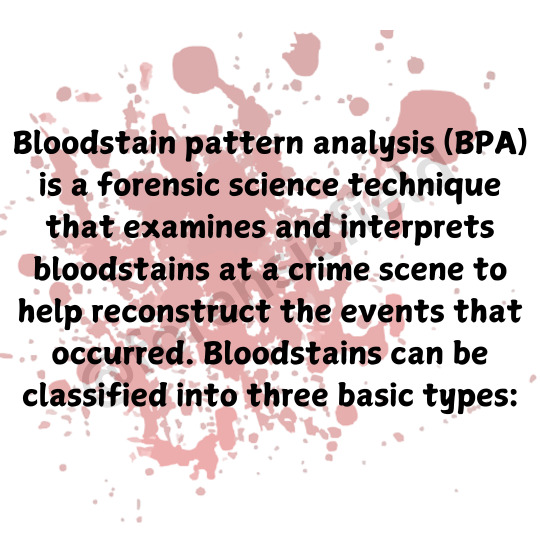




#forensics#criminology#forensic science#evidence#criminalistic#forensic field#crime#forensic#crime scene investigation#blood stain
116 notes
·
View notes
Text


#mortal decay#brutal death metal#technical death metal#osdm#old school death metal#forensic#1990s#2000s#extreme metal#tha goat#death metal
6 notes
·
View notes
Text
Title: The First Forensic Case in China: The Farmer’s Sickle and the Flies
In the annals of forensic science, one of the earliest and most ingenious cases of using insects to solve a crime comes from medieval China. This story, recorded in a historical text from the Song Dynasty, showcases the remarkable use of forensic entomology to uncover the truth.
The Crime Scene
The case unfolded in a rural village where a farmer was found murdered, his body slashed repeatedly with what appeared to be a sickle, a common tool used for harvesting rice. The local magistrate, faced with the challenge of identifying the murderer, devised a clever plan to use the natural behavior of insects to solve the crime.
The Investigation
The magistrate gathered all the villagers who owned sickles and instructed them to place their tools on the ground in a designated area. He then stepped back and waited. Within minutes, blowflies, attracted by the scent of blood, began to swarm around one particular sickle. The flies, with their keen sense of smell, were drawn to invisible traces of blood and tissue that remained on the blade, even after the murderer had attempted to clean it.
The Confession
The owner of the sickle, realizing that the flies had exposed his crime, broke down and confessed. The magistrate, using the natural behavior of the blowflies, had successfully identified the murderer without relying on human testimony or physical evidence alone. This case marked the first documented use of forensic entomology in history.
The Legacy of Song Ci
A scholar named Song Ci documented this groundbreaking case in a book that laid the foundation for modern forensic science. His meticulous observations and detailed instructions on how to conduct autopsies and investigate crimes have been revered for centuries. Song Ci emphasized the importance of personal examination, accurate documentation, and the use of natural evidence to avoid miscarriages of justice.
The Importance of Forensic Entomology
This case highlights the significance of forensic entomology, the study of insects and their role in criminal investigations. Blowflies, in particular, are known for their ability to detect the scent of decomposing bodies within minutes of death. By studying the life cycle and behavior of these insects, forensic entomologists can estimate the postmortem interval (PMI), or the time since death, which is crucial in solving crimes.
Conclusion
The story of the farmer’s sickle and the flies is a testament to the ingenuity of early Chinese investigators and the enduring principles of forensic science. It serves as a reminder that even in the absence of modern technology, careful observation and the use of natural evidence can lead to justice. This historical case remains a cornerstone of forensic science, inspiring generations of investigators to seek truth through meticulous examination and scientific rigor.
#forensic#forensics#forensic science#ancient china#first use of forensic#entomology#forensic entomology#justice#history of forensics
13 notes
·
View notes
Text
This is how i feel studying forensic science and criminal investigation knowing I am never going through the security clearance for the FBI lmao (this post might just be it)

113 notes
·
View notes
Note
What's the worse motivation for a crime in your opinion and why: jealousy, revenge or money?
That is quite a complex question, given that each crime and motivator can vary greatly, or how to measure which one is the 'worst' motivator. Would it be measured quantitatively, how many crimes are committed due to this motivation, which makes it the worst? Or would it be more qualitatively, how severe a crime itself would be motivated by a factor? Quantitatively, money and other financial gains are the most common motivators for crimes. But in those cases it's mostly theft, so for most people that would be considered less severe. But of course jealousy can often be combined with money as a motivator, when someone is jealous of someone else's wealth and steals it. But of course many crimes motivated by money can end lethal, killing for profit, but in general they are less violent, although obviously there are exceptions for everything.
In my personal experience, crimes motivated by emotions like jealousy or revenge are more violent and thus considered worse for most people. When emotions are involved it's more personal, it's about hurting the person directly, not just stealing money from them but to completely destroy them, especially in cases of revenge. Jealousy would rather motivate someone to take something away from a person, while revenge targets the person itself. Emotions make people much more volatile and aggressive, and especially when it's revenge people go to extreme lengths to achieve their goal. For some people it becomes an obsession, an idée fixe that makes them do everything to make their target pay.
If someone aims to just kill someone for money, most criminals would just stab one time to kill them, but when it's a crime of passion fuelled by revenge and fury they will stab many more times because the goal is not just to kill them, but to hurt them, make them suffer and get their aggression out of their system, pent up hatred and anger that might have been accumulated for years.
So my answer would be revenge being the worst motivator, measured by violence of the crime.
#may prompts 2024#mayprompts2024#jealousy#roleplay#rp#sherlock roleplay#sherlock rp#sherlock#bbc sherlock#johnlock rp#sherlock holmes#johnlock roleplay#sherlock holmes rp#sherlock holmes replies#sherlock replies#sherlock holmes roleplay#crime#psychology#consulting detective#detective#forensic#forensics#forensic psychology
18 notes
·
View notes
Text
Global Congress on Forensic Science and Research
The Iconic Meetings cordially welcomes you to the Global Congress on Forensic Science and Research (Forensic Research-2025), taking place from November 13-15, 2025, in Valencia, Spain. This prestigious conference serves as a dynamic platform for forensic scientists, researchers, academicians, law enforcement professionals, and industry experts to engage in discussions on the latest advancements and challenges in forensic science. With a focus on innovation, collaboration, and knowledge exchange, Forensic Research-2025 will cover a diverse range of topics, including DNA Analysis, Crime Scene Investigation, Forensic Toxicology, Digital Forensics, Ballistics, Forensic Pathology, and much more. Through keynote sessions, panel discussions, and interactive workshops, attendees will have the opportunity to explore cutting-edge research, groundbreaking technologies, and practical applications in the field of forensic science. We invite young researchers, students, professionals, and industry leaders to join us in Valencia to foster meaningful collaborations, share insights, and contribute to the evolution of forensic science. Your participation will be instrumental in shaping the future of forensic research and its impact on criminal investigations and justice systems worldwide.
#forensic#research#autopsy#ForensicInnovation#CrimeSceneInvestigation#DigitalForensics#DNAProfiling#ForensicExperts#ForensicTechnology#CriminalInvestigation#ForensicBiology#ForensicToxicology#ForensicAnthropology#ForensicOdontology#ForensicPsychology#ForensicPathology#ForensicChemistry#CyberForensics#BallisticsAnalysis#ColdCaseResearch#JusticeScience#ForensicNetworking#GlobalResearchers
2 notes
·
View notes
Text
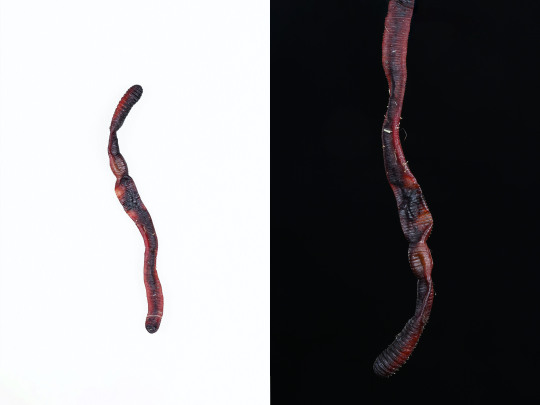
Traces.
#medical photography#forensic#freshfrompoland#polish photographer#nature#earthworm#macrophotography#macro photography#macro elements#close up#nikon 7z#nikonphotography#mirrorless#studio lighting
3 notes
·
View notes
Text
19/11/24
Went for a walk and finished reading Syria and Egypt in the Amarna Letters. Started reading Early Indians. Some children were having a fight and tried to get me to intervene but I refused. I know all too well their parents have no interest in parenting until an external force tries doing their task for them, that's when they'd materialise to protect their dear little bully.
Helped gf organise her tasks.
Wrote an email to an Arab king's staff.
Revised Forensic Autopsy.
Watched Monsters with gf. Downloaded 2 books on the Menendez case and bemoaned the fact that Lyle Menendez' book is not available online.
Found a Marxist Materialistic biography of the Prophet Muhammad by Maxime Rodinson, looking forward to reading it.
6 notes
·
View notes
Text

#clara alfsdotter#archaeologist#forensic archaeologist#forensic#osteologist#swedish#clara#archeologist
2 notes
·
View notes
Text
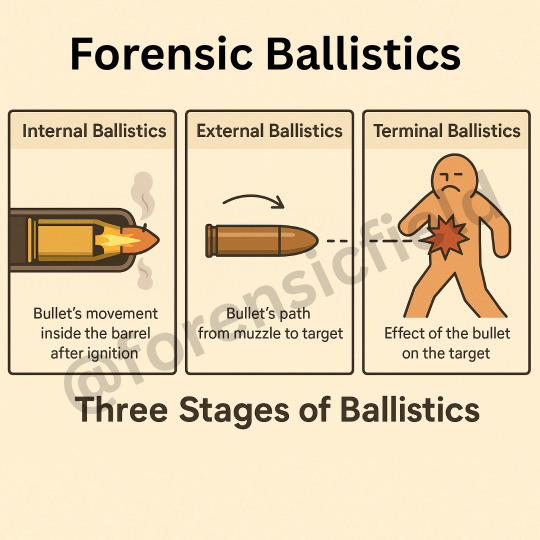
#forensic#forensics#criminology#forensic science#criminalistic#evidence#forensic field#forensic science notes#crime scene investigation#crime#ballistic
8 notes
·
View notes
Text
Best Schools for Forensic Science
Forensic science is one of the most fascinating and important fields of modern criminal justice and science. From DNA profiling to crime scene analysis, forensic scientists play a crucial role in solving mysteries and upholding the rule of law. If you are interested in forensic science and want to work in this fascinating field, the first step is to choose the best school. The Best Schools for Forensic Science, their specialties, and how to choose the right program for your goals will all be covered in this piece.
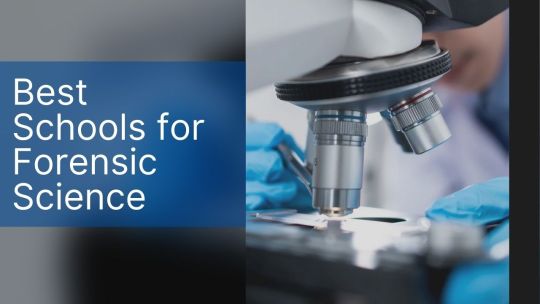
3 notes
·
View notes
Text
I started reading a forensic book I bought so I might be posting about forensic study notes or cool facts I learned soon
Hopefully
I also have a psychology book so that to
Maybe more later on
#study blog#study motivation#study space#study tips#study with me#studyblr#studying#studyspo#studywithme#study notes#study aesthetic#studyabroad#forensics#forensic#science#psychology
15 notes
·
View notes
Text
Sources of Scene Contamination

Patreon
#studyblr#notes#crime scene investigation#csi#csi notes#crime scene investigation notes#forensics#forensics notes#forensic notes#forensic#forensic science#forensic science notes#science#scienceblr#sciblr#forensics studyblr#csi studyblr
5 notes
·
View notes
Note
Just a little question of curiousity: What would be the better option, injecting them with a syringe filled with liquified datura seeds or with an overdose of insulin.
I would inject them under their tongue while they sleep so the scar won't be found. Afterwards I would pack them up in my car and drive at least two hours away from where I live. There I would dig up a 12 feet hole, bury the victim halfway, put the corpse of a dead animal on top and close the hole.
If I'm feeling fancy I may cut up the victim's corpse and and bury them all halfway with animal caveses on top, far away from my home.
Anyways, what's the better poison for this?
This is all theoretical and for science's sake, it's a fun mental exercise to sometimes plan a murder so do not be concerned. An usually endogenous substance like insulin that naturally exists in the body would be much harder to determine as the murder weapon, than an exogenous poison like liquified datura seeds that usually is not present in someone's body except if they have been poisoned. Insulin isn't part of regular tox screens, so if there is no suspicion no one would go looking for it. So in that case insulin would be the better choice.
It's difficult to determine and interpret insulin levels postmortem, insulin not being very stable and autolysis or hemolysis making blood as a sample impractical, which is why vitreous humour is used. Insulin levels can be determined with immunoradiometric assay (IRMA) or liquid chromatography–tandem mass spectrometry (LC-MS/MS). In the case of natural insulin levels, it should be below the detection limit in the vitreous humour, but if the levels are increased due to poisoning it should be above the detection limit of the method, thus indicating that the death was not natural.
Another way to differentiate endogenous (your own bodie's) or exougenous insulin poisoning, is by looking at the ratio of insulin to C-peptide. During the synthesis of insulin in the body, C-peptide is cleaved from the proinsulin, which means that per formed insulin molecule there is also a C-peptide molecule formed, so with an endogenous poisoning the ratio of C-peptide to insulin should be 1:1, while if the insulin has been administered exogenously the ratio is >1 (more insulin than C-peptide).
And I am not entirely sure how you would want to create a proper solution of 'liquified datura seeds' that can be properly injected, because that would require purification and extraction of the active compounds. You can't just crush some seeds and put them into a syringe with a bit of liquid, it would clog up the needle. Meanwhile insulin already exists as solutions ready for injection, much better choice. Making such a datura seed solution would mean more effort, and would be easier to trace than insulin.
An injection under the tongue sounds uneccesary. Would be quite awkward trying to open someone's mouth while they sleep to put a syringe under their tongue, they would wake up and your plan would be foiled. And neither would it scar given scars are a healed wound and if they are dead there won't be any healing or scarring anymore. And why bother hiding the injection site when you already plan to dispose the body anway in a way so no one would find it. Hiding injection sites is only necessary when someone finds the body, but if the body is burried and decayed there won't be any determination of an injection site when the tissue is decomposed. But the whole process of transport and burial sounds a bit risky and could be prone to failure.
#rp#roleplay#sherlock roleplay#sherlock rp#sherlock#bbc sherlock#sherlock holmes#fictional crime#fictional crime case#fictional murder#sherlock replies#sherlock holmes roleplay#sherlock holmes rp#sherlock holmes replies#post mortem#forensic#forensics#science#biology#chemistry#crimes#detective#biochemistry#fictional death#forensic science#pathology#crime rp#crime#consulting detective
18 notes
·
View notes
Text

Crime Scene Investigation: A Comprehensive Education in Forensic ScienceForensic Science: A Vital Tool in Crime Investigation Introduction In the world of law enforcement, ... https://www.meoun.uk/crime-scene-investigation-a-comprehensive-education-in-forensic-science/?feed_id=83736&_unique_id=676cb56175bf3
#Stories#BSc_Hons_Forensic_and_Criminal_Investigation_Course_in_London#Comprehensive#Crime#Education#Forensic#Investigation#Scene#Science
2 notes
·
View notes